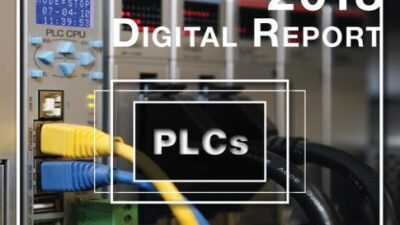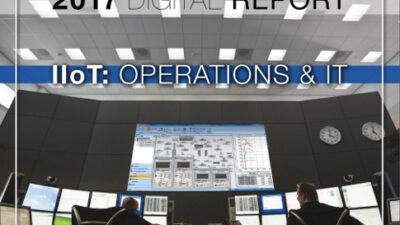Billerica, MA—ipd, the intelligent products division of Coreco Imaging Inc., released Sept. 23 its Sherlock 6.3, the newest version of the company’s Windows-based, point-and-click software environment that simplifies machine vision application development and deployment.
Billerica, MA— ipd , the intelligent products division of Coreco Imaging Inc., released Sept. 23 its Sherlock 6.3, the newest version of the company’s Windows-based, point-and-click software environment that simplifies machine vision application development and deployment. Sherlock 6.3 incorporates several new and improved standard and optional features, including OCRplus and SmartInspect capabilities, as well as support for composite variants of the new RSS14 stacked bar code.
“For several years, Sherlock has been a proven productivity solution for machine vision system integrators and end-users, and ipd is committed to enhancing and improving this software to meet evolving user needs and market demands,” says Steve Geraghty, ipd’s director.
The optional OCRplus feature offers one of the most powerful and robust optical character recognition (OCR) platforms presently available, according to ipd. Designed for demanding industrial OCR applications, such as reading dot matrix and highly skewed characters on product parts and labels in environments with poor contrast and significant background noise, OCRplus provides tunable parameters that customize behavior of the underlying algorithms. Other features of the easy-to-use, trainable OCRplus option include: user-definable size and aspect ratios for more precise control; an editable font list that allows users to delete unused or incorrect characters; and multiple line reading with a single region of interest (ROI) reader, or “peek,” that simplifies setup and configuration.
SmartInspect is an optional self-learning algorithm that can distinguish good parts from bad based on learning a representative set of good samples. The algorithm can be applied to a variety of applications, including: presence/absence, label inspection, detecting surface defects and flaws, pattern matching, classifying parts and products, verifying barcodes and detecting defects, such as particles and foreign matter.
Added variants of the new RSS14 symbology are also supported in Sherlock 6.3. These variants of the RSS standard allow more information to be coded into a smaller space, making them ideal for a range of product identification needs, from consumer to medical. Sherlock’s popular SmartBar algorithm can now decode RSS14 Stacked Omnidirectional, RSS14 Truncated, RSS14 Limited and RSS14 Composite Component A.
Control Engineering Daily News Desk
Jim Montague, news editor
[email protected]


